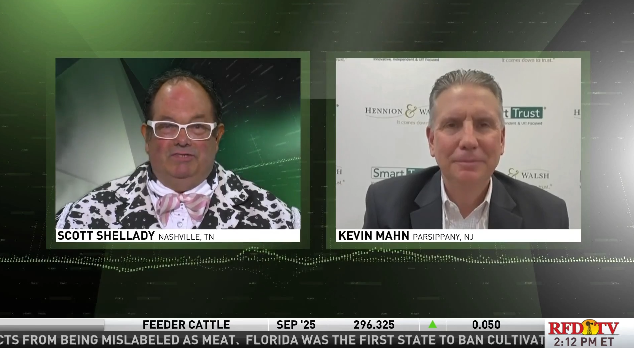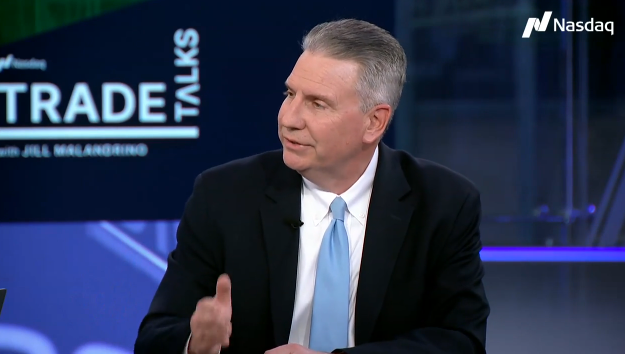
Capital Markets Update – Week of 11/10/2014
Market Overview
Sources: Rates Data and Economic Calendar—Bloomberg Markets as of 11/10/14; Equity Market Returns and Fixed Income and Alternatives Data—Wells Fargo Advisers as of 11/7/14.
Happening Now
The Complex Dynamics of Cheaper Oil
The steep and rapid decline in the price of oil has caught many investors and energy experts alike by surprise. OPEC’s Secretary General El-Badri was quoted by Bloomberg at an October 29th London conference saying, “We see that demand is still growing, that supply is also growing, but the magnitude in the increase in supply does not really reflect this 25 percent change in the market… Unfortunately, everybody is panicking” (full article here). Similarly, The Wall Street Journal wrote on October 28th that even the EIA was caught by surprise: “By July, the EIA was saying that Brent would average $110 a barrel in October. In its latest forecast, released Oct. 7, the EIA settled on a $97 a barrel average for this month” (click here for the article). Oil during the month of October, however, averaged $84.40 a barrel, 13% lower than the EIA’s Oct. 7 forecast. The drop was unexpectedly further fueled on Oct 13th when Saudi Arabia (OPEC’s largest producer) began to tell investors they were comfortable with prices in the $80-$90 range for up to two years.
Since WTI Crude reached its 2014 high of $107.95 a barrel on June 20, it has fallen 28% and is currently trading at $77.41 a barrel. Economic intuition suggests that cheaper oil means it costs consumers less to fill up their gas tank (after the oil is refined into gas of course) allowing them to spend more on discretionary goods. This basic relationship, however, could be changing as the U.S. is moving from being the largest consumer of oil to being the largest producer of oil. Barron’s discusses that point in their October 15 article Watch out for Falling Oil and in doing so references the following excerpt from a Goldman Sachs’ research piece: “Lower oil prices, to be sure, are good for consumer spending, but they are bad for investment and employment,” Goldman writes in a research note. “The U.S. oil and gas industry has added 400,000 jobs since 2003, and a February 2014 report by Mark Mills of the Manhattan Institute claims that an additional 2 million jobs have been added in transportation, construction and manufacturing due to the U.S. oil boom.”(Barron’s Article)
While there is some debate as to the lag between the drop in Oil prices and subsequent increase in consumer spending, cheap gas in time for the holiday shopping season could potentially increase consumer sentiment and allow shoppers to loosen their purse strings to purchase more holiday gifts. For a variety of reasons we have contended that U.S. equity markets will likely outpace their developed international counterparts for the balance of this year. So far, this has proven to be the case.
Source: Historical Oil Prices- EIA & Bloomberg
Important Information and Disclaimers
Past Performance is not a guarantee of future performance.
Investing in foreign securities presents certain risks not associated with domestic investments, such as currency fluctuation, political and economic instability, and different accounting standards. This may result in greater share price volatility. These risks are heightened in emerging markets.
There are special risks associated with an investment in real estate, including credit risk, interest rate fluctuations and the impact of varied economic conditions. Distributions from REIT investments are taxed at the owner’s tax bracket.
The prices of small company and mid cap stocks are generally more volatile than large company stocks. They often involve higher risks because smaller companies may lack the management expertise, financial resources, product diversification and competitive strengths to endure adverse economic conditions.
Investing in commodities is not suitable for all investors. Exposure to the commodities markets may subject an investment to greater share price volatility than an investment in traditional equity or debt securities. Investments in commodities may be affected by changes in overall market movements, commodity index volatility, changes in interest rates or factors affecting a particular industry or commodity.
Products that invest in commodities may employ more complex strategies which may expose investors to additional risks.
Investing in fixed income securities involves certain risks such as market risk if sold prior to maturity and credit risk especially if investing in high yield bonds, which have lower ratings and are subject to greater volatility. All fixed income investments may be worth less than original cost upon redemption or maturity. Bond Prices fluctuate inversely to changes in interest rates. Therefore, a general rise in interest rates can result in the decline of the value of your investment.
Definitions
MSCI- EAFE: The Morgan Stanley Capital International Europe, Australasia and Far East Index, a free float-adjusted market capitalization index that is designed to measure developed-market equity performance, excluding the United States and Canada.
MSCI-Emerging Markets: The Morgan Stanley Capital International Emerging Market Index, is a free float-adjusted market capitalization index that is designed to measure the performance of global emerging markets of about 25 emerging economies.
Russell 3000: The Russell 3000 measures the performance of the 3000 largest US companies based on total market capitalization and represents about 98% of the investible US Equity market.
ML BOFA US Corp Mstr [Merill Lynch US Corporate Master]: The Merrill Lynch Corporate Master Market Index is a statistical composite tracking the performance of the entire US corporate bond market over time.
ML Muni Master [Merill Lynch US Corporate Master]: The Merrill Lynch Municipal Bond Master Index is a broad measure of the municipal fixed income market.
Investors cannot directly purchase any index.
LIBOR, London Interbank Offered Rate, is the rate of interest at which banks offer to lend money to one another in the wholesale money markets in London.
The Dow Jones Industrial Average is an unweighted index of 30 “blue-chip” industrial U.S. stocks.
The S&P Midcap 400 Index is a capitalization-weighted index measuring the performance of the mid-range sector of the U.S. stock market, and represents approximately 7% of the total market value of U.S. equities. Companies in the Index fall between S&P 500 Index and the S&P SmallCap 600 Index in size: between $1-4 billion.
DJ Equity REIT Index represents all publicly traded real estate investment trusts in the Dow Jones U.S. stock universe classified as Equity REITs according to the S&P Dow Jones Indices REIT Industry Classification Hierarchy. These companies are REITSs that primarily own and operate income-producing real estate.




